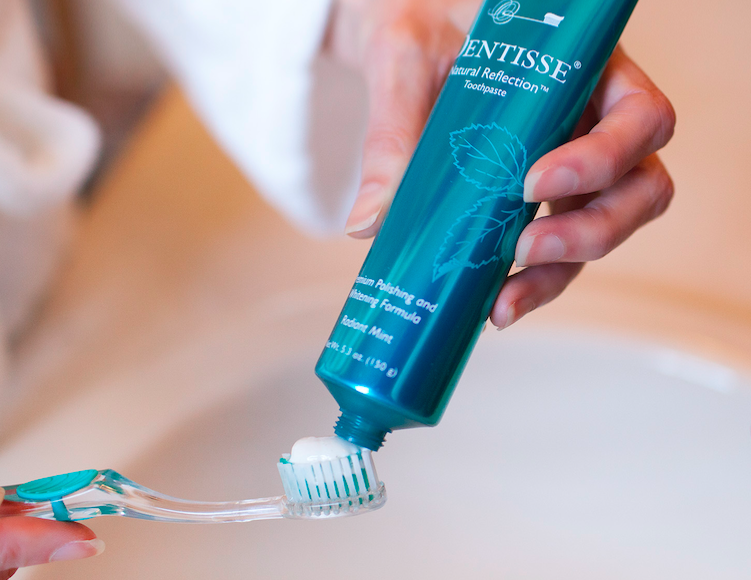Dental Plaque Formation and Problems

What is Dental Plaque?
Dental plaque is a complex community of bacteria embedded in a gelatinous matrix. This matrix protects the bacteria and holds them together on tooth surfaces and adjacent soft tissues. Dental plaque is known to consist of at least 800 bacterial species, and some researchers speculate that more than 19,000 species will eventually be identified.1
Although plaque research spans more than a century, it is a relatively new concept to view plaque as a biofilm and a microbial ecosystem. Microbial biofilms, which are common in nature, are found in most aquatic environments. Therefore, a moist mouth is an ideal environment for biofilm development.
What Causes Plaque Formation?
Plaque formation is the same for everyone, and it involves a specific sequence of events on clean tooth surfaces:
- First, proteins in the saliva form a protective layer called the acquired or salivary pellicle within a few minutes.
- Next, free-floating bacteria (e.g. streptococci followed by actinomyces rods) attach to the pellicle and multiply to form microcolonies.
- These attached bacteria produce polymers (i.e. exopolysaccharides) and form a slime layer (biofilm) that expands rapidly as it is nourished by nutrients in the diet, particularly sucrose (i.e. table sugar).
- Other species of bacteria bind to the biofilm and provide additional structure to the matrix.
- As the bacteria continue to multiply into mature biofilm colonies containing millions of tightly packed cells, they form complex micro-environments that provide ideal habitats for all kinds of bacteria, especially pathogenic (i.e. disease causing) bacteria.
Why is Plaque a Problem?
It is important to note that, as with most things in nature, there is an ecological balance between humans and the indigenous bacteria found in their mouths. This means that under normal, healthy conditions, plaque plays an essential role in natural defense mechanisms. If the balance is disrupted, however, the composition of plaque can shift to a more pathogenic state associated with both dental caries (i.e. tooth decay) and periodontitis (i.e. gum disease or pyorrhea).
Many factors can contribute to disrupting this balance, including diet (e.g. excessive dietary sugars) and tobacco use. Inadequate oral hygiene practices, aging, genetics, and immune changes can also result in conditions that promote the growth of disease-causing bacteria. A mouth is considered healthy when there are no detectable pathogenic bacteria species and there are elevated levels of other harmless bacteria species.
Tooth decay usually occurs on teeth above the gum line, whereas periodontal diseases happen below the gum line, attacking the supporting structures of the teeth. Although different bacteria are involved, it is possible to have both tooth decay and periodontal diseases at the same time, and sometimes even on the same tooth!
1 Keijser BJ, Zaura E, Huse SM, et al. Pyrosequencing Analysis of the Oral Microflora of Healthy Adults. J Dent Res 87:1016-1020, 2008.